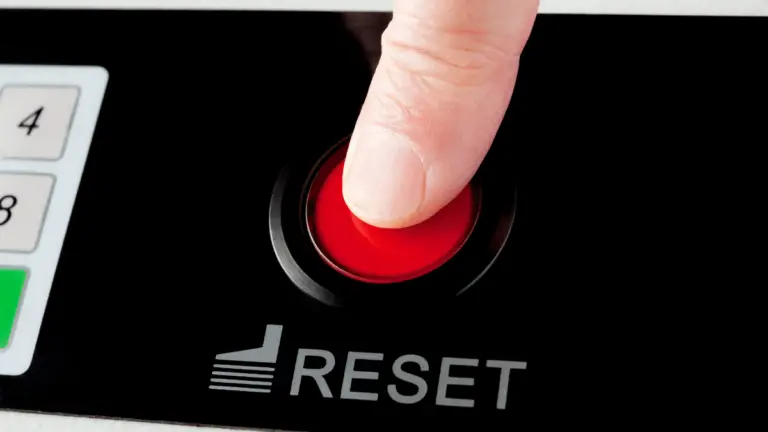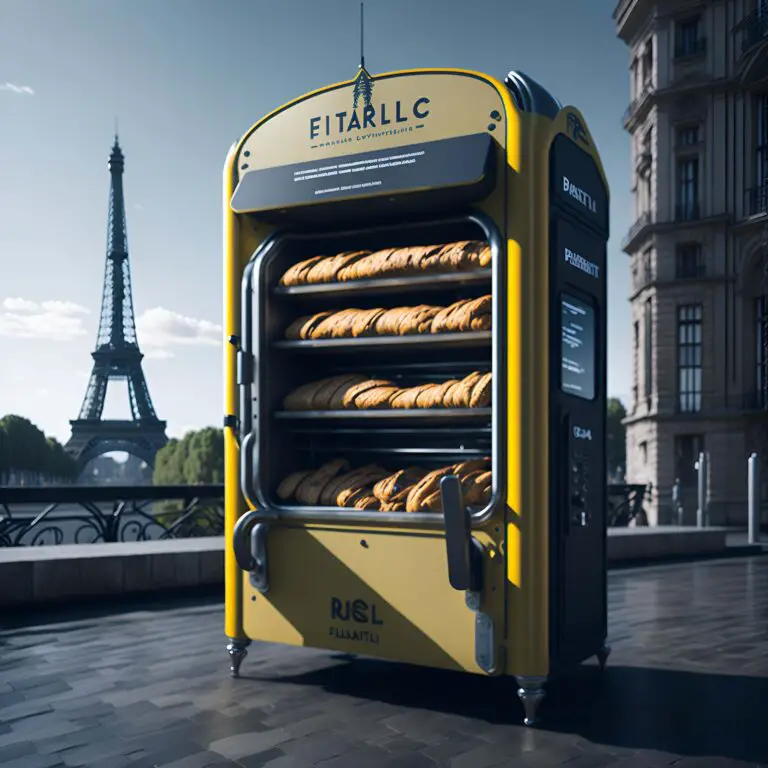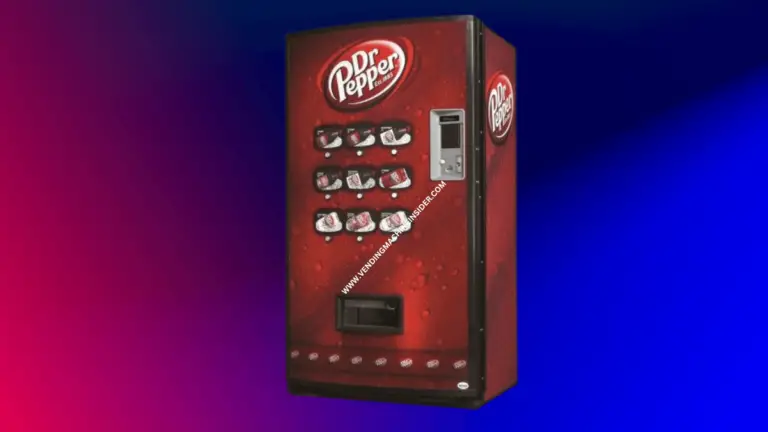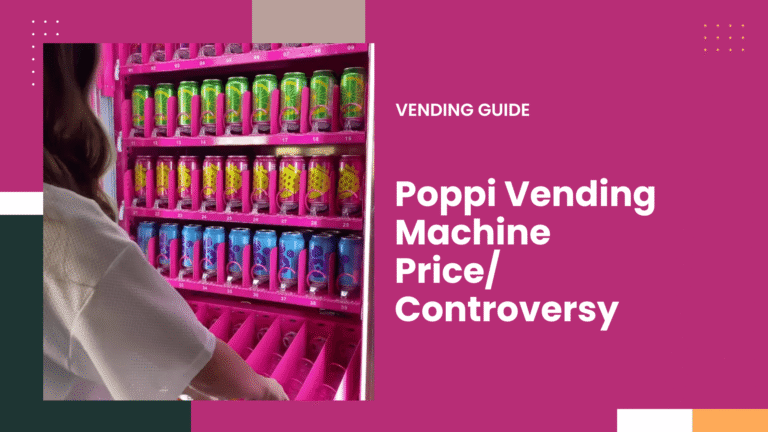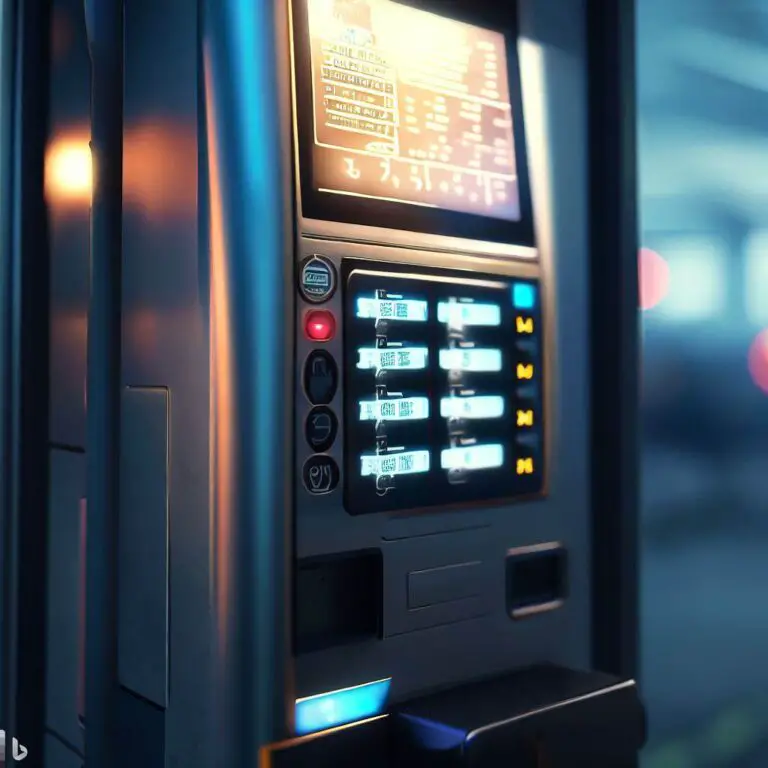Ice Making Vending Machines | Cost, Profit & Setup Guide
Ice making vending machines automatically produce and sell bagged or bulk ice. Perfect for entrepreneurs seeking a low-maintenance, high-demand vending business with steady profits.
Ice Vending Machines — Brands, Business, And More
Self-service kiosks that make and bag ice on-site. Read on and together we’ll pick the right model, site, and a plan that fits your budget and appetite for scale.
Quick ROI Calculator
A Quick Note: Use Conservative bag counts and add buffer to monthly fixed costs as it’s better to be pleasantly surprised than to miss a cost you didn’t budget for.
How Ice Vending Machines Work (Quick)
1 — Water & Filtration
Filtered water makes clean-tasting ice and passes local health checks. Filters (sediment, carbon, sometimes RO) and sanitizer cycles are the routine tasks you’ll track on a maintenance sheet.
2 — Freeze & Harvest
High-capacity ice-makers freeze and harvest into an insulated bin. The harvest method and compressor sizing determine consistency under heavy demand, key if you plan to run 24/7.
3 — Automatic Bagging
The bagging unit fills and seals bags on demand (or dispenses pre-bagged ice on some machines). Good bagging reduces waste — and prevents small losses that add up across thousands of vends.
4 — Payment & Dispense
Card, contactless and mobile payments are standard; some units still accept cash. The machine confirms payment then releases a sealed bag; remote telemetry helps reconcile any vend issues.
5 — Sanitation & Monitoring
Ozone/UV sanitation + remote alerts for filters and faults keep operations smooth. Plan a monthly filter schedule and automatic alerts so you and your operator never miss maintenance windows.
Top Brands & Representative Models
Everest-style commercial models
- Durable, high-capacity machines with ozone sanitation and automatic bagging.
- Production commonly 1,000–1,900 lbs/day. These require robust electrical and drainage connections.
Large-capacity kiosk systems
- Modular systems for stadiums and major venues, scale by pairing multiple ice-makers.
- Designed for the highest throughput sites where uptime and redundancy matter most.
Mid-range bagging machines
- Good balance of cost and capacity for stores, parks, and mid-traffic sites.
- Often produce a few hundred to a couple thousand lbs/day; easier install than kiosk-class systems.
Compact high-ROI units
- Lower upfront cost and footprint — excellent for trial sites and smaller budgets.
- Often the fastest path to test your first location and validate demand.
Premium station-class systems
- High-end purification, presentation and throughput — great for premium sites and long-term branding.
- Big investment but engineered for decades of service and high-volume returns.
Representative Model Specifications
| Brand / Model | Production (24h) | Storage Bin | Typical Power |
|---|---|---|---|
| Everest-style Summit / Avalanche | ~1,000–1,900 lbs | ~550 lbs | 208–230V, 40A |
| Large kiosk systems | ~2,500–13,000+ lbs | ~2,400–6,500+ lbs | 208–230V, 30–60A |
| Mid-range bagging units | ~800–2,500 lbs | ~550–1,500 lbs | 220V single-phase |
| Compact / ROI-focused units | ~1,200–3,500 lbs | ~800 lbs | 220V single-phase |
| Premium station-class | ~7,500+ lbs | ~1,000+ lbs | 220V/30A+ (site dependent) |
Starting An Ice Vending Business — Steps
Market Research & Planning
If you and I were picking a first site I’d want visibility and easy drive-up access. Run a 30–60 day footfall check, estimate conservative daily bag counts, and test pricing in nearby stores to validate demand before committing.
Financing & Site Prep
Budget for machine cost, pad, electrical, and delivery. Shop equipment financing or lease plans, and leave a contingency for first-year service and signage — small differences in install can change ROI materially.
Permits, Health & Legal
Check local health department rules for ice as a consumable product. You’ll typically need a business license, sales tax registration and a food/retail permit. Plan for electrical/building permits if you add a pad or new service.
Installation & Testing
Coordinate delivery, hook up water/power/drain, and run a commissioning test. Ask the vendor to train your tech and hand over service docs — that initial training prevents common early mistakes.
Operations & Monitoring
Enable remote telemetry for sales and service alerts, keep a filter/cleaning log, and set a service cadence. With good monitoring you and your operator can act before an issue becomes an outage.
Best Locations
Permits, Licensing & FAQs
Which permits are typically required?
How much maintenance will I need?
Is ice vending profitable?
Summary — Key Takeaways
- High gross margins due to low per-bag production costs vs retail price.
- Match capacity to site demand: compact units for trials, kiosk-class for top-tier locations.
- Plan permits, utilities and remote monitoring before purchase to avoid surprises.

